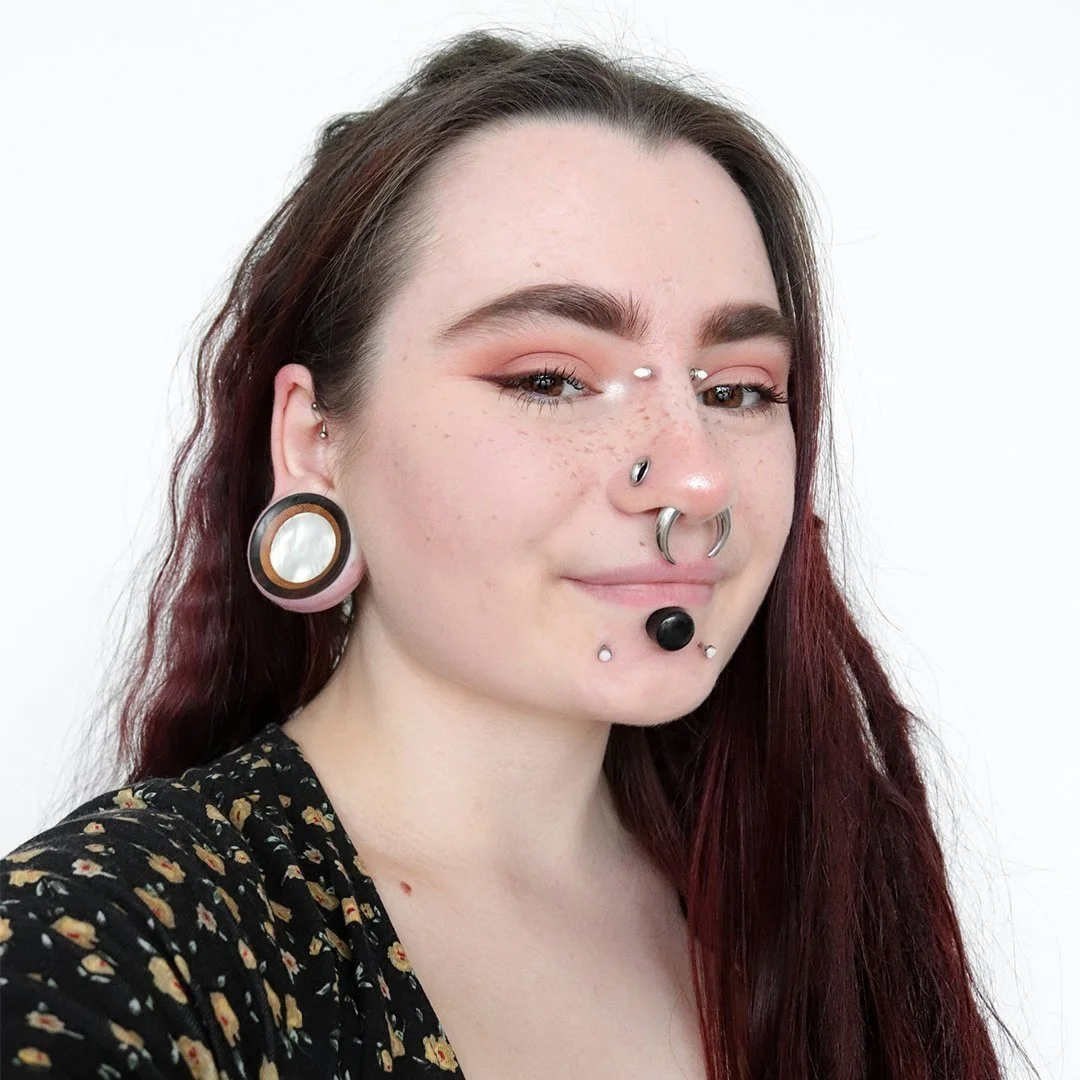jezzelle h r kellam
My art practice in the last three years has been an organic development of figurative graphite drawings, the subject matter leans into statuesque nude poses of the body. A continuous oeuvre that has become significant to my way of thinking. It has resulted in making conscious decisions to remove the head and parts of the body. Moreover, I feel it expresses a clear focal point, quite literally separating the mind from the body. This to me has enhanced the ambiguity of the work and anonymity but it also raises topics of concern. How can people disconnect themselves from our bodies if they are a vital part of us?
This contemporary and figurative way of working has broken down the form to how I see it. I have attempted to encapsulate the physical, psychological, and physiological of what it is like to inhabit a body. By bridging a gap between the body and mind, the work becomes more about the fact many of us are more aware of an enormous space between understanding our own personal relationship of disconnect to our minds and bodies. This has ultimately led to a comprehension that my art and life are inextricably enmeshed. Portraying the human body in this way has helped me gain perspectives on how I and others analyze the body. I have developed ideas that challenge my perception of what reality is and what I think I know. For me, this development has attributed to resembling a fragmented reality. When I and others have been confronted with our own bodies as a whole we are less liable to examine them. For this reason that in society we are so used to seeing a body in a certain way as well as in underlining psychiatric disorders.
For me, it is vital to portray a multitude of scars, blemishes, hair, and cellulite. These abrasive textures have been viewed as imperfections, but I feel they are a type of aesthetic, not pristine, propaganda, photoshopped visual depiction. I feel this challenges how society views our bodies, but it also challenges my perception of reality and how I view my form. It argues how I think certain shapes look versus what they really are. Instead of manipulating these shapes to become something entirely unfamiliar, I have made deliberate decisions to remove parts or create a composition with a particular pose or angle. For me, this has resulted in an illusion of unreality. A center of attention to the separation and disconnect that isn’t necessarily there but gives the illusion of it being there. The effect is not photorealistic and not surrealism, but a fragmented realism illustration. Just these parts of reality challenge me and my audience to examine what we think we know. Furthermore, my work has naturally become led by honest realism, by understanding that my art and life are entangled. I no longer fully hide behind the ambiguous compositional elements which have given my work a more intimate and personal breath of life. This insight has been a long and sometimes painful journey, as it can be difficult to express pain if you are dealing with intense mental or physical health. Art can allow artists to portray the things that plague them that their voices cannot.
I had the emotional and honest realization that the figures in my art were not just ambiguous. The reason why they existed was not to encourage people to create their own subjective narratives. But there was a deeper meaning. It was me in that body. All along it was me in those drawings. A biological husk of the conscious aspects of who I was. It was a representation of my experiences, thoughts, and emotions. An unlocked understanding that came with maturity. I was able to examine how I feel and understand the complexities that evolved within the work. It was not just a case of using ambiguity and anonymity as a means to retreat and hide from the work since I was also absent from the incidents that had played out throughout my history. It was so clear that it had been a continuous exploration of where things stem from and injecting it into my art. I was drawing from my personal experiences. This revelation of self-awareness allowed me to learn the works were about expressing a disconnect or separation of mind-body. By retreating from my experiences mentally and physically from the art I could see a disconnect. That is how I became aware that my life and art were one unit. In order for me to know what my practice was about I had to realize many of them were self-portraits, confessions of my past. A physical rendering that concluded a psychoanalytical evaluation. That offered an insight into the essence of my creative unconscious. I was trying to come face to face with my vulnerability and disconnect, which I was not ready to be aware of. My visual language was always a clear intimate perception of my persona, it has now given identity and substance to my work to help me ameliorate as an artist.
“In my work, I represent the body. Making conscious decisions in removing heads and parts of a body is where my practice has led me. I have used this compositional decision as a vehicle for my ongoing oeuvre that articulates my way of thinking.
By breaking down the form to how I see it, I attempt to encapsulate the physical, psychological, and physiological properties of what it is like to inhabit a form, a human body. By bridging a gap between the body and mind, my art and life are inextricably enmeshed.”
Jezzelle H R Kellam is a graphite illustrator, based in Newcastle-Upon-Tyne. Born in 1999 and raised in Kent. She is currently studying for a degree in fine art at Sunderland.





